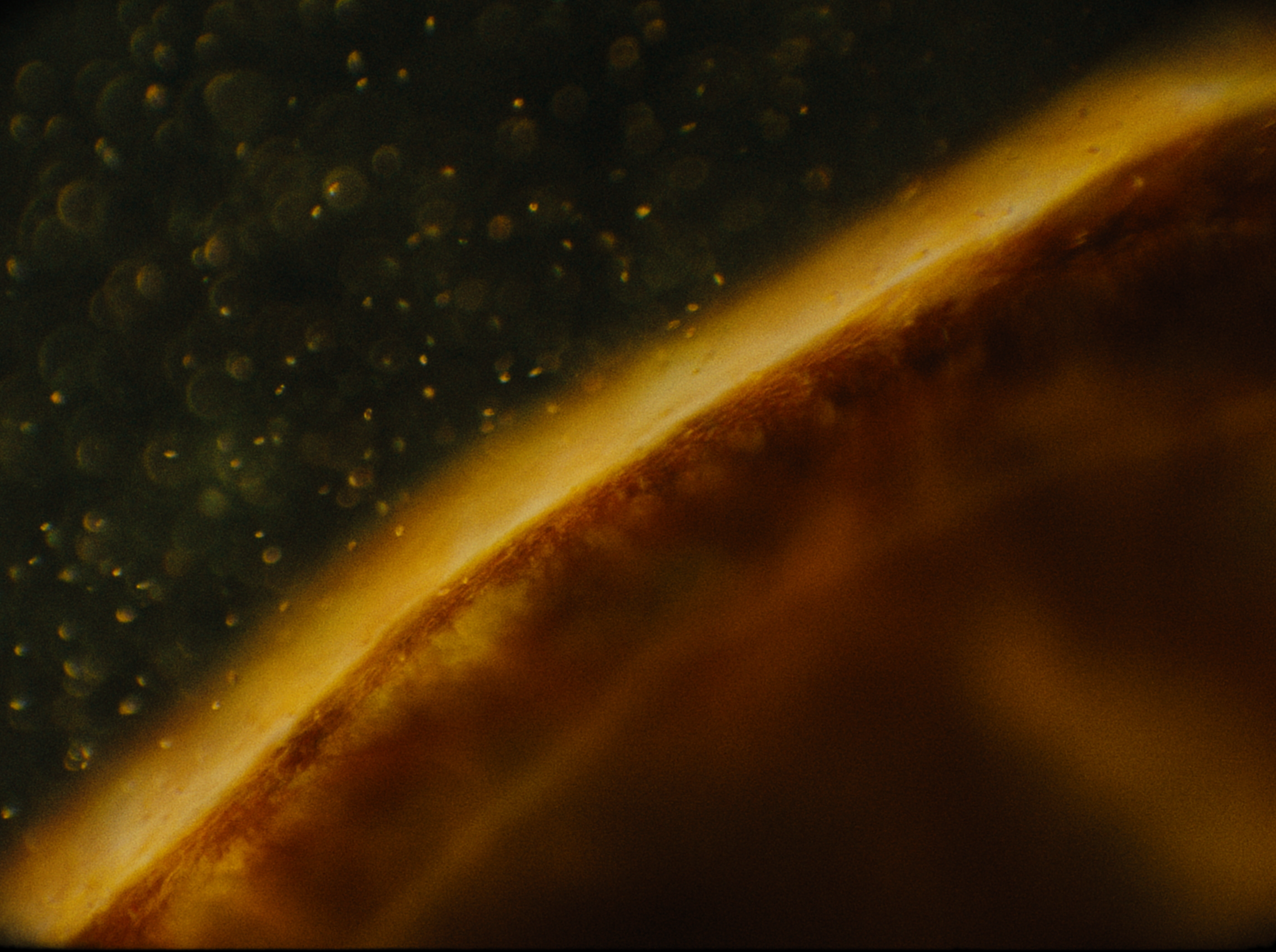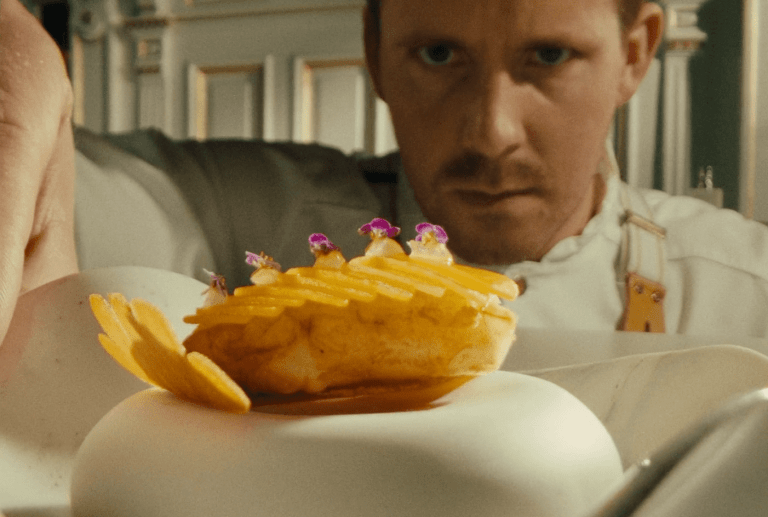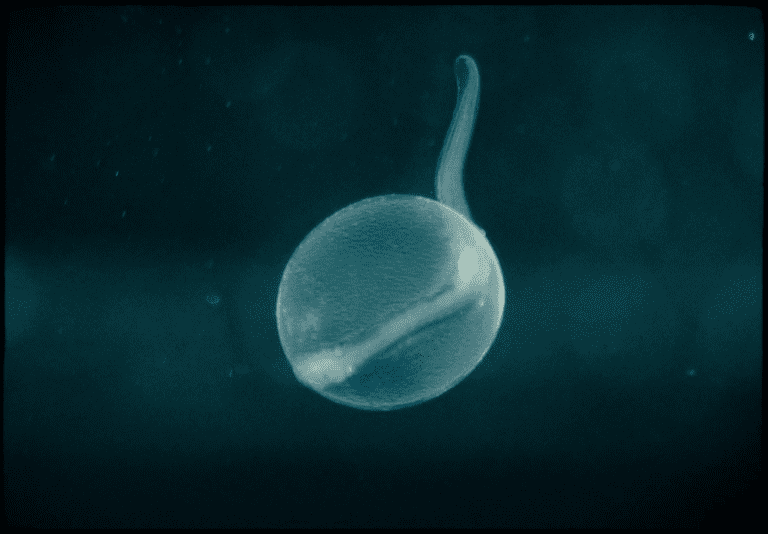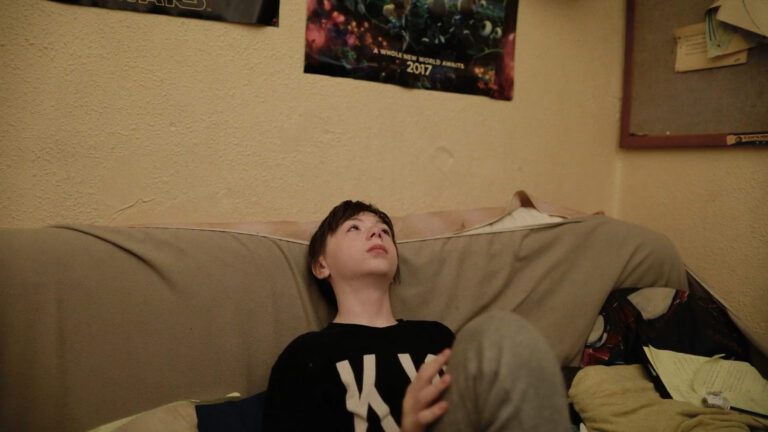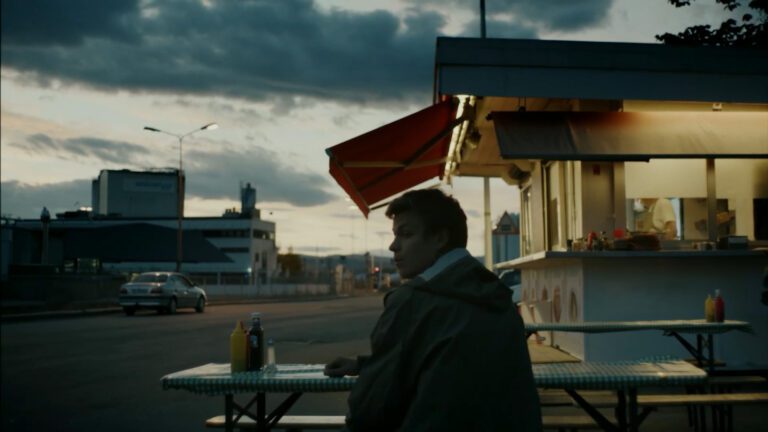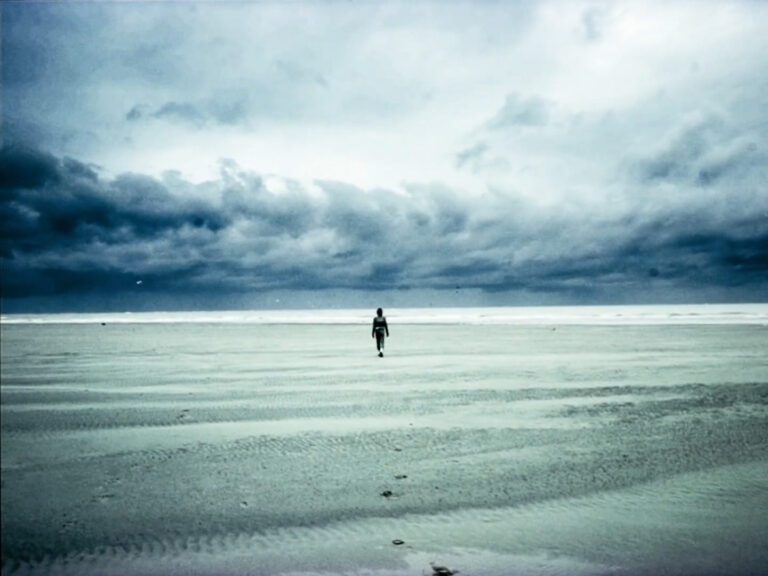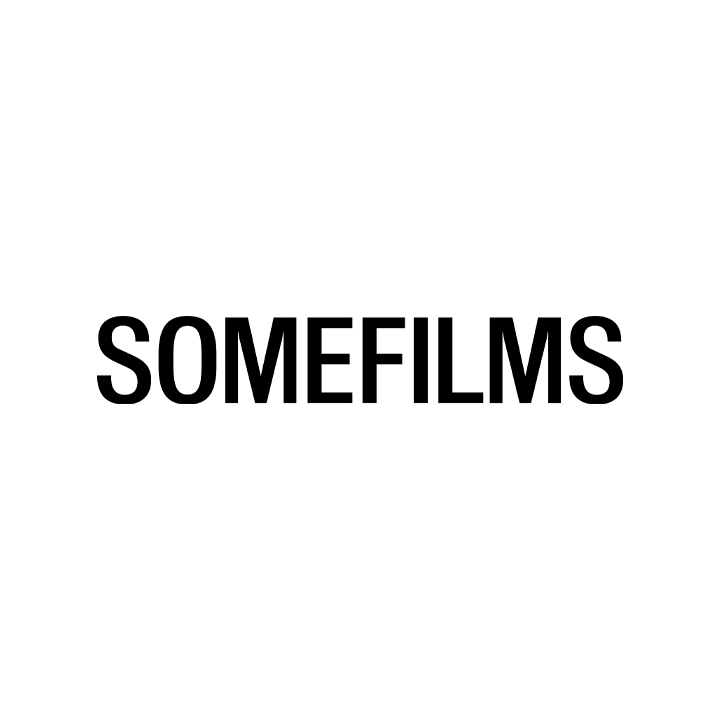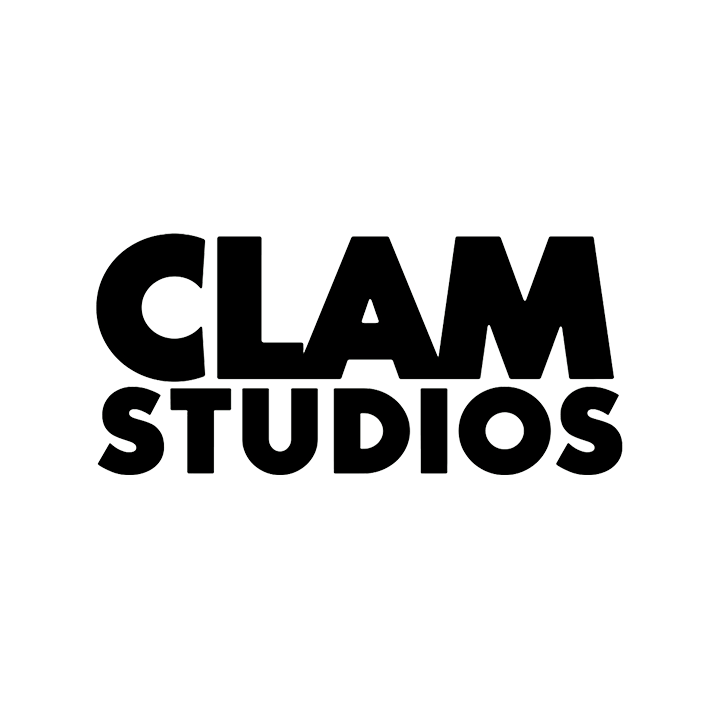Suggested Terms
Director
Location
Format
Festival
Agency
Production Company
Record Label
Award
Country
- Norway
Record Label
- Amuseio AB
August 2023
TYD direct ‘EndUp’ for slowshift. An intimate journey into the micro-universe that surrounds us.
Country
- Norway
Record Label
- Amuseio AB
Credits
-
Director
-
Director of Photography
Andreas Børsting Røe →
-
Editor
Andreas Børsting Røe →
-
Colourist
Ole Jørgen Larssen →

